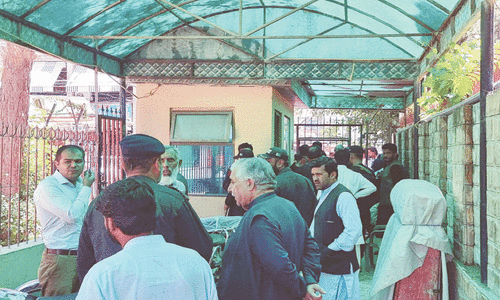BEIJING: As China and the United States tussle over what Washington says was a Chinese surveillance balloon over US territory, dozens of Chinese documents point to surging interest in using balloon technology for military purposes.
China’s foreign ministry has repeatedly described the balloon the drifted over the United States as an errant scientific craft, but Chinese military researchers have recently argued in publicly available papers that such aircraft should be further developed and deployed in specific missions.
One paper published last April by researchers in a People’s Liberation Army (PLA) institute focused on “special aircraft” said that one of the useful military applications of balloons was to test enemy air defences.
“(The balloon can) induce and mobilise the enemy’s air defence system, providing the conditions for the implementation of electronic reconnaissance, assessment of air defence systems’ early warning detection and operational response capabilities,” the researchers wrote.
That paper and several other articles by PLA—controlled publications also point to keen interest from the Chinese military establishment in studying how the United States and other countries used balloons militarily in the past, as well as a clear intent to close the gap in the field.
Balloons are also used for scientific purposes such as weather monitoring, including by the likes of the China Meteorological Administration.
The United States is working to recover debris after a US fighter jet downed the balloon once it was over water off the South Carolina coast on Saturday. China condemned what it called an “over-reaction” and warned of possible retaliation.
While US officials say that China has more discrete and sophisticated ways to gather intelligence on its rival, such as its network of spy satellites, the PLA paper also said the low cost of using balloons was one of the reasons China should further deploy them.
“In response to the growing threat posed by ground-based air defence systems to air attack forces, it is necessary to use cheap air balloons to create active and passive interference to effectively suppress enemy air defence early warning systems and cover air attack forces to carry out their missions,” it argued.
China’s defence ministry did not immediately respond to a request for comment.
Published in Dawn, February 7th, 2023










































Dear visitor, the comments section is undergoing an overhaul and will return soon.